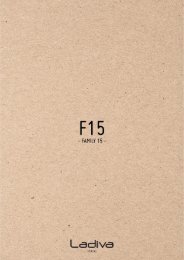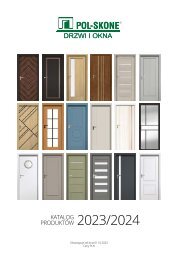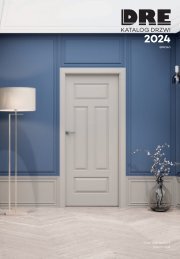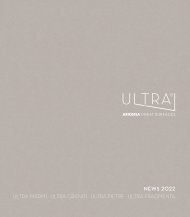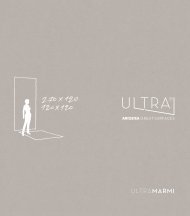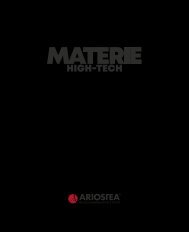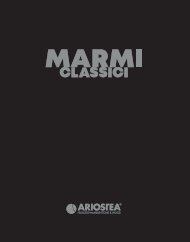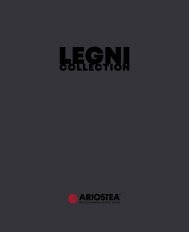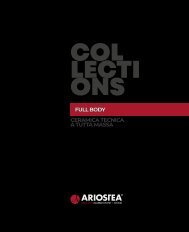You also want an ePaper? Increase the reach of your titles
YUMPU automatically turns print PDFs into web optimized ePapers that Google loves.
RADIATOR
Optimal selection, mounting and use.
RADIATOR APPLICATION
All radiators included in this catalogue are designed for water central heating systems performed and operated in accordance with the
following standards:
1. EN 12828 – Heating systems in buildings. Designing of water central heating systems.
2. PN-B-02414 - Heating and district heating. Protection of closed water heating installations with diaphragm pressure expansion vessels.
Specifications.
4. PN-C-04607 – Water in heating systems. Requirements and testing of water quality.
and the Ordinance of Infrastructure and Construction Ministry from November 14, 2017 amending the Regulation on technical specifications
for buildings and their location.
144
• The radiators are to be applied in sealed water installations with diaphragm pressure expansion vessels. It is possible to apply the
radiators in open-vented systems as long as appropriate corrosion inhibitors are used.
• The radiators should be connected to central heating water systems which are made of black steel, copper or plastic pipes with
anti-diffusion barrier. For installations with steel radiators it is only possible to apply elements of different materials if the stipulations
of the PN-C-04607 standard are observed.
• The installations to which the radiators are connected must be tight, and water losses cannot exceed allowable limits depending on
the installation type laid out in PN-C-04607 standard.
• The water used for filling the system and the installation water must comply with the requirements included in the PN-C-04607
standard. In special cases, the use of appropriate corrosion inhibitors may be necessary (e.g.: when applying the radiators in openvented
installations).
• It is not allowed to apply steel radiators in hot tap water circulation installations.
• It is not allowed to leave the system without water for a longer period of time. Complete draining of the system is only allowed for
the period necessary to perform repairs, modernization etc. After completion of such works the system should be immediately filled
with water and air bled.
• The installation in which radiators are applied must not be connected directly to the high-temperature heating system, for example
through a hydro-elevator or a pump mixing loop.
• It is not recommended to use the radiators in gravity circulation heating systems (without a pump) due to relatively high flow
resistance.
• The installation parameters (max temperature and pressure) must not exceed the maximum values for a given type of radiator.
Application
The radiators are designed to be used in houses, flats, offices and other interiors with regular air humidity. It is not allowed to apply the
radiators in rooms with elevated air humidity or with the presence of other aggressive corrosive agents (e.g.: swimming pools, public baths,
food processing rooms, bathrooms without or with faulty ventilation systems).
Bathrooms with efficient ventilating systems are appropriate for the use of the radiator. The minimum volumetric flow rate of the ventilating
air in the bathroom is 50 m³/h. The outflow of the air from the bathroom should be enabled by exhaust holes connected to forced or gravitational
ventilation ducts. In case of bathrooms without windows, intake of the external air should be ensured by holes in the bottom part of the
door or the spacing between the bottom edge of the door and the floor. The net cross section of the holes should amount to 200 cm².
MATERIALS
The bodies of radiators are made of high quality carbon steel with the use of generally approved and well-tried metal connection technologies.
The external layer is a thermosetting polyester-epoxy powder paint or galvanic coating. The stainless steel elements are not coated, some
elements can also be made of different materials such as plastic, glass etc.





